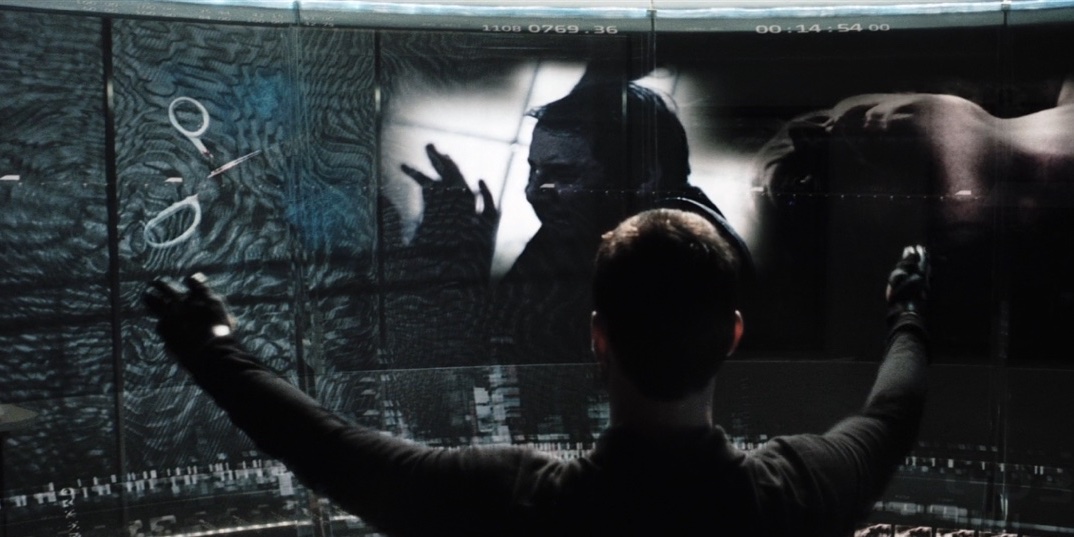Instrumental interfaces, engaged interfaces | thesephist.com
thesephist.com
Instrumental interfaces, engaged interfaces | thesephist.com

Indy Neogy added
andrea added
In the map-with-route system (direct manipulation), the user must do some of the work of understanding what they see (the map), and developing a mental model of how to apply it to their context (reading the map). In exchange for this deeper involvement, the user learns a useful mental model (their local geography) that can help them in future uses
... See moreChad Aaron Hall added
“the user must do some of the work”

alex and added
sari added

sari added